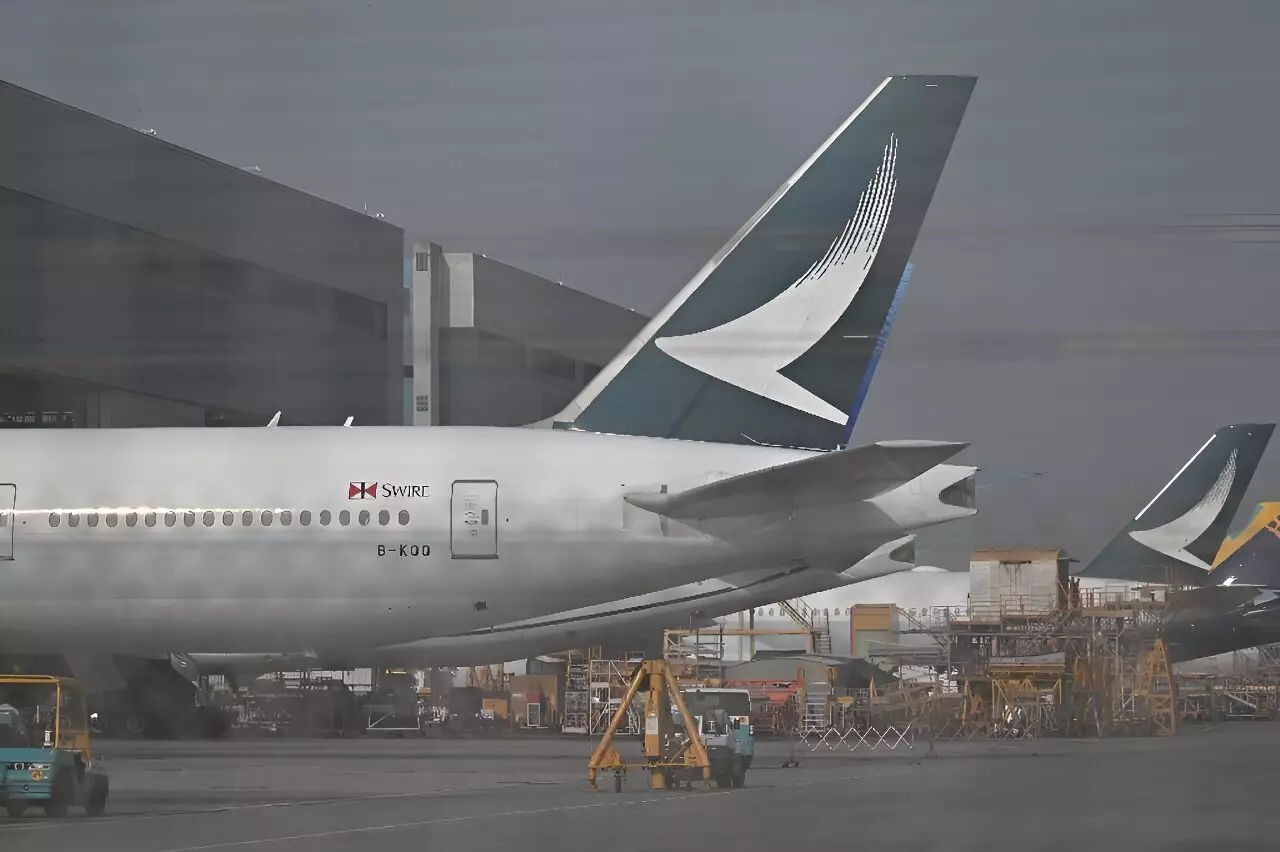The recent engine fire on a Cathay Pacific Airbus A350 has prompted the European Aviation Safety Agency (EASA) to require inspections on a specific part of the A350 fleet. Rolls-Royce, the manufacturer of the engines on Cathay Pacific’s A350s, confirmed the launch of a one-time precautionary engine inspection program in cooperation with the EASA. The incident, which occurred shortly after take-off on a Zurich-bound flight, involved an engine failure due to a high pressure fuel hose failing. Following the inspection, it was discovered that the fire was promptly detected and extinguished, leading to further investigation by the Air Accident Investigation Authority of Hong Kong.
The EASA has mandated inspections on A350-1000 aircraft powered by XWB-97 engines. There are currently 86 such planes in service worldwide. The inspections will focus on checking for damage to fuel hose connections inside engines and are required to be completed over the next 3-30 days. While this action is described as a precautionary measure by EASA’s executive director Florian Guillermet, it is crucial to ensure the safety of the fleet and prevent similar incidents from occurring in the future.
In response to the Cathay Pacific incident, airlines in the region have initiated similar checks on their A350-900 and A350-1000 models, particularly those powered by Rolls-Royce Trent XWB-84 and XWB-97 engines. Airbus and Rolls-Royce have informed airlines that only A350-1000s powered by XWB-97 engines are affected by the issue. The directive issued by the EASA initially applies to European airlines but allows regulators in other countries to decide whether to enforce it. This highlights the collaborative effort required to address safety concerns and ensure the airworthiness of the aircraft.
The Airbus A350, introduced in 2014, is one of the company’s largest aircraft following the production of the A380. With the capacity to carry nearly 500 passengers, the A350-1000 model can travel over 16,000 kilometers in one flight. The aircraft’s versatility is demonstrated by the “Sunrise” version, ordered by Australian airline Qantas, which is capable of flying directly between Sydney and London – a distance of nearly 18,000 km. As a competitor to Boeing’s 787 Dreamliner, the A350 has garnered more than 1,300 orders, with over 600 deliveries to airlines by the end of July.
Operational Impact and Recovery Efforts
Following the Cathay Pacific incident, the airline was forced to ground 48 planes for inspection, resulting in the cancellation of 90 flights. Despite this setback, Cathay Pacific expressed confidence in resuming full operations soon after fixing the identified issues with fuel lines on their aircraft. Other airlines operating A350s have also been proactive in conducting inspections and ensuring the safety of their fleet. Concerns raised by Emirates airlines CEO Tim Clark about the durability of the Trent XWB-97 engines have prompted Rolls-Royce to focus on enhancing their performance.
The incident involving Cathay Pacific’s Airbus A350 has underscored the importance of rigorous safety inspections and maintenance protocols for the aviation industry. The collaborative efforts of regulatory agencies, aircraft manufacturers, and airlines are essential in ensuring the safety and reliability of commercial aircraft. As the investigation into the engine failure continues, the focus remains on addressing the identified issues and implementing preventative measures to safeguard the integrity of the A350 fleet.

